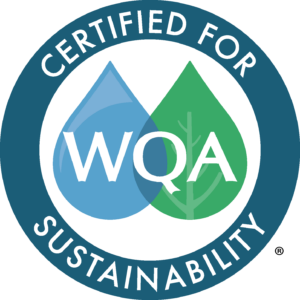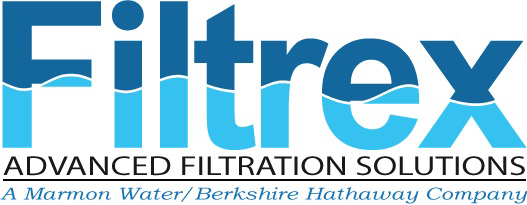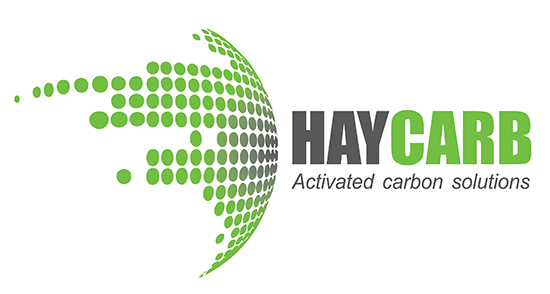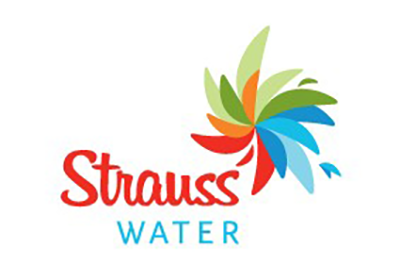The WQA Sustainability Certification Program is the first of its kind in the drinking water treatment industry. The Sustainability Certification mark verifies to retailers and consumers that a product has been manufactured according to industry standards for recognized best practices in environmental sustainability and corporate social responsibility. The mark also helps identify products as safe for both people and the planet and gives manufacturers a competitive edge in the marketplace.
Environmental Sustainability, Corporate Social Responsibility
The WQA Sustainability Certification Program is currently the only environmental certification program in the world to earn ANSI accreditation to ISO 17065 and ISO 14024 for Type I Environmental Labeling. The sustainability certification provides independent, third-party verification that a product is environmentally responsible in all phases of its life cycle: from raw materials, production, distribution, use-phase, all the way through to end-of-life disposal.

Benefits of WQA’s Sustainability Certification
Sustainability Certification Standards
Sustainable Drinking Water Treatment Product Standards
WQA/ASPE/ANSI S-802: Sustainable Activated Carbon Media for Drinking Water Treatment
This standard covers raw activated carbon media products.
WQA/ASPE/ANSI S-803: Sustainable Drinking Water Treatment Systems
Drinking Water Treatment Systems (and components) that utilize activated carbon, string-wound and/or PP/PE filters, UV Treatment, and Dispensers (including Coolers and Heaters). WQA is currently in the process of expanding this standard to cover Softeners/Ion Exchange and Reverse Osmosis Systems (RO). Eventually the standard will cover all common treatment system technologies. Hybrid systems need only certify to this single standard.
NSF/AWWA/ANSI 375-2020: Sustainability Assessment For Water Contact Products
This Standard covers products that contact drinking water, wastewater, and recreational water and their packaging.
NSF/AWWA/ANSI 416: Sustainability Assessment for Water Treatment Chemical Products
This standard provides a framework for collecting data and communicating information on the sustainable attributes of a water treatment chemical product, whether repackaged, relabeled and/or distributed and can be from one or more facilities (locations).
Sustainable Management Standard
WQA/ASPE/ANSI S-801: Sustainable Management (Prerequisite Standard)
Conformance to this standard is scoped at the facility level. No certification is awarded, but conformance is a necessary prerequisite for product certification to S-802 or S-803 (see above).
No product testing is required for certification to the sustainability standards!
WQA is proud to recognize the following companies who produce products that have been certified for sustainability. Learn more about each company and other actions they are taking for sustainability below.
Companies Taking Action for Sustainability






